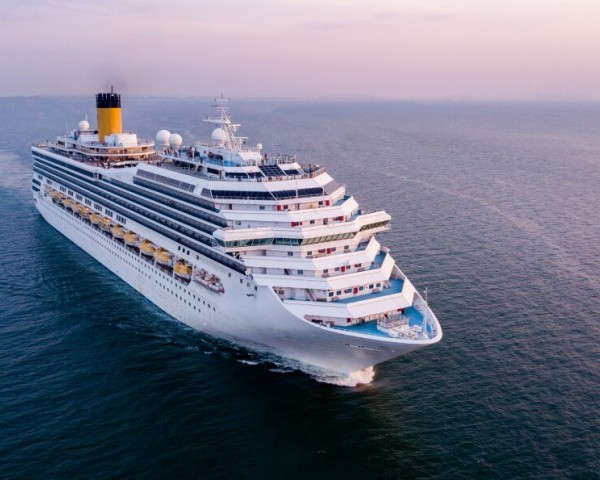Many experts argue that cruise ships benefit local economies, but it needs to be clarified if the guests spend money in the cities they visit. Studies have shown that the money passengers spend on board, such as food, drinks, and souvenirs, stays on the ship and contributes only a little to the local economy.
The Wonder of the Seas, the biggest cruise ship in the world, has 20 restaurants, a 1,400-seat theater, and various shops that sell luxury items like watches and haute couture. Depending on your package, food, and drinks are often included, and shopping is duty-free.
According to a study conducted in Bergen, Norway, a popular destination for fjord excursions, up to 40% of passengers choose not to leave the ship. The average spending is less than 23 euros among those who disembark. The cruise industry argues that each passenger contributes an average of $100 per day to the local economy. This is higher than the estimate provided by Bergen.
A study conducted in a Norwegian city in 2013 discovered that the duration of a passenger’s stay is a significant factor in their spending habits.
A cruise ship’s time in a port can differ based on its itinerary, but typically it’s around eight hours. However, there are exceptions, like Barcelona, where the stopover could be as short as four hours. Despite having more chances to spend money, passenger spending still needs to be higher.
Experts point out that one option to increase benefits for local communities is raising the rate charged to passengers at ports, which typically bounds from $4 to $14 per person.




